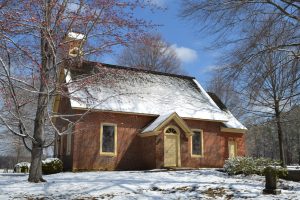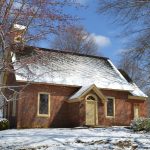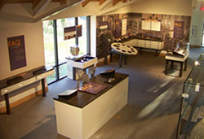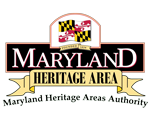
Middleham and St. Peter’s Episcopal Parish includes two chapels and a parish hall. Middleham Chapel in Lusby, founded in 1684, was formed as a chapel of ease by Christ Church Port Republic. It is one of the oldest Episcopal churches in Maryland. St. Peter’s Chapel on Solomons Island was founded in 1889. Both Saint Peter’s and Middleham remained chapels in Christ Church Parish until 1900. In 1900 Middleham and Saint Peter’s became a Diocesan Mission and were separated from Christ Church Parish. The two chapels became a parish in 1978. Middleham and St. Peter’s is one church family with two historic chapels on two campuses several miles apart.
Outreach ministries are the backbone of the parish. SMILE Ecumenical Ministries and their pantry and thrift shop on our Middleham campus. Outreach ministries include a community garden, food distribution to the region and to schools through the Heartfelt backpack program. We support health services for children in Haiti through the Haiti School Nurse program. We invite the region to come together to address issues of concern through the Big Conversation Partners in Dismantling Racism and Privilege in Southern Maryland. We provide leadership and are committed to the Southern Maryland Equity in History Coalition.
General Description of how this organization provides information and resources regarding the history of Black, Indigenous, and Other People of Color
Middleham Chapel is 339 years old, and the current brick chapel building was constructed in 1748. Its history spans nearly the entire history of European settlement in Southern Maryland, including the period of enslavement, reconstruction, Jim Crow, Civil Rights, and up to today. Parishioners value that history, celebrating their 325th anniversary by compiling a church history. In January 2014, the Episcopal Bishop of Maryland invited parishes with a history going back to the period of slavery to engage in a study of that history. Middleham and St. Peter’s has actively participated in the project, entitled Trail of Souls, and continues an active involvement in further exploring and sharing that history, and working toward reconciliation with our African American brothers and sisters in Southern Maryland. The ever-expanding history is accessible through onsite visits, online presentations, and individuals who can share details about the history.
Describe other organizational features
We have several individuals who can share stories and information across a range of topics.


